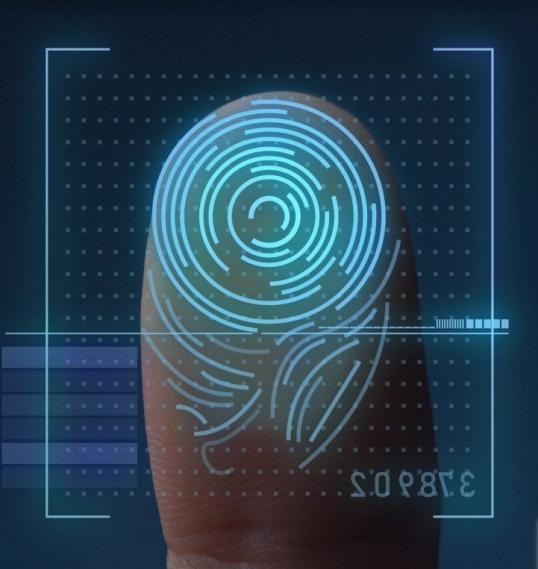
Just over a year ago, 11-year-old Firdaous was killed in Merksem, Belgium, in a drug-related shooting. More recently, fatal drug-gang shootings took place in Brussels, leaving citizens dismayed and the Belgian authorities struggling to fight the escalating threat posed by drug trafficking. But it isn’t just Belgium that finds itself in the grip of drug-related violence. Similar events have unfolded at several EU entry points, most notably in the Netherlands and Spain.
The growing drug trade is one of the most significant threats faced by the EU today. According to the latest report released by Europol and the European Monitoring Centre for Drugs and Drug Addiction (EMCDDA), extreme and unprecedented drug-market related violence is putting a strain on local communities and society at large, especially in distribution hubs and competitive retail markets.
However, it is criminal adaptability that represents one of the greater challenges for law enforcement. This is reflected in the diversification of sources and products, trafficking routes and concealment methods, allowing criminal networks to maximise their profits, which are currently estimated at EUR 30 billion annually.
Supplying border patrols with the necessary tools to detect illicit drugs
With 70% accuracy, current tools to detect illicit drugs at the border leave customs and border patrols to fight an uneven war against drug traffickers and their concealment methods.
However, new technologies developed with EU funding will soon enable police and customs to detect illicit drugs much more quickly and accurately than today. The prototype devices developed by the pioneering Horizon 2020 project BorderSens detect illicit drugs within 45 seconds, making them the fastest devices available. With a 99% accuracy rate, these devices are also the most efficient, and will provide in the future customs and law enforcement agents at the borders or on the streets with the same accuracy as in a laboratory, enabling them to detect even trace amounts of a range of illicit drugs and their precursors.
BorderSens combines electrosensor technology with nano-molecularly imprinted polymers, and multivariate and pattern data analysis. Coordinated by the University of Antwerp, the project has 15 partners from nine different countries, including nine law enforcement and customs authorities, as well as tech companies and universities. The project received a EUR 5.5 million grant from the EU civil security research and innovation programme, and was also included in the EU Roadmap to fight drug trafficking and organised crime.
In 2023, the BorderSens devices were presented at the Security Research Event organised by the European Commission, and during a visit of Commissioner for Home Affairs, Ylva Johannson, with the Belgian Minister of Interior, Annelies Verlinden, and the Director of the EMCDDA, Alexis Goosdeel, at the Port of Antwerp.
Background
Fighting drug trafficking networks is a priority for the European Commission. It recently led to the adoption of a new EU roadmap, containing reinforced measures to fight organised crime and drug trafficking. It also resulted in the launch of the European Ports Alliance Public Private Partnership by the Commission and the Belgian Presidency of the Council of the EU, stepping up the fight against drug trafficking and organised crime.
The EU civil security research and innovation programme continues to invest in innovative technologies to detect illicit drugs, and fosters numerous projects that help fight drug trafficking. In February 2024, the European Commission and the Community for European Research and Innovation for Security (CERIS), led by DG HOME's Security Research and Innovation Unit, organised a workshop on innovative and science-based approaches to fight drug trafficking, bringing together over a hundred practitioners, such as police authorities, customs authorities, and forensic institutes, as well as policymakers, researchers, civil society and industry.
Details
- Publication date
- 26 March 2024
- Author
- Directorate-General for Migration and Home Affairs

